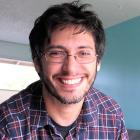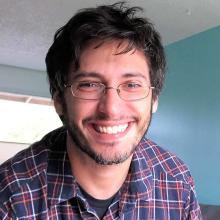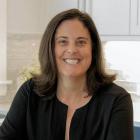COMPANY SPOTLIGHT: CoEverything
BuildingEnergy Access is a NESEA initiative to support the work of WMBEs (women and minority-owned business enterprises) by connecting them with the resources of the NESEA community. Each month, we'll introduce a participating company to the wider NESEA community through a spotlight interview.
We recently sat down with Haley Hardwick-Witman and Declan Keefe of CoEverything, a Boston, MA-based company that works collaboratively with communities, organizations, and entrepreneurs to design and develop more cooperative and sustainable buildings, businesses, and projects...
Ian Reed: Thanks for sitting down with us to chat today. To start, can you give us the elevator pitch for CoEverything - how would you describe what your company offers?
Haley Hardwick-Witman: Our mission is to help people bring their community projects to life- and that can take shape in so many different ways. Everything we do is mission-driven; if there are folks that are trying to do something innovative, we meet them where they're at and say, “Okay, where are you in the process of making this idea happen? Do you have a website? Do you have a logo? Do you have a property? Do you have an architect?”
Generally, we provide real estate development consulting and architectural services for our clients. In all of our projects, we try to engage the surrounding community and consider the environment in our decision-making process along the way.
It sounds like you must do a huge variety of work day to day. I'm sure every day is really different because of the wide variety of services and problems to solve.
Declan Keefe: Yeah, definitely. And there's a little bit of a divide or a parsing of the different categories amongst us. Like, Haley focuses more on architecture; I focus more on development. Miriam focuses more on community engagement and that kind of stuff. So we all do all of the things, but there is a focus and I think that's helpful so that when something's at a different phase, that specific person's sort of the go-to expert in that piece of it.
How many years have you been in operation and what inspired the decision to open the business?
DK: We started in 2018 - it was a rolling start. We set out to create a company that could help community groups and nonprofits and people trying to do the sort of work that is not typically supported in the architecture real estate development world, so that these projects that were great visions for community change, or empowerment, or democratic decision making, had the resources both architecturally — and in development — to actually execute and complete their projects.
Prior to starting CoEverything, Miriam [co-founder Miriam Gee] and I were at another company called Placetailor, and we just saw and heard about so many cool projects that just never got going or they had a bunch of meetings but never figured out how to do the fundraising step, or didn't even know they needed to hire an architect or, in some instances, what even an architect might be: they thought you could just go straight to a builder. We realized there were opportunities in community education and support work that could really help to make some of these visions come to life.
In addition to that, that previous company was also a worker cooperative, but we had never fully figured out how to share the development side cooperatively, in our company or with the community. So one of the missions with CoEverything was “Can we figure out a model in which we can more democratically do real estate development and then utilize architecture as a model of supporting that and doing participatory design work? Is there a way to have co-ownership in real estate?”
So we set out exploring in the early days; we toured the country visiting and learning from companies who were trying to do things differently. Ultimately, we ended up back in Boston. We did some projects in other parts of the country but mostly settled on doing work in Roxbury, Dorchester, and Boston. We had no idea whether there would be work out there to do that, but we thought there might be, because we kept hearing about it. We weren't sure if there'd be money to pay us to do this kind of stuff. But we're six or so years in and it seems to be working. <laugh> A couple of years into that, Haley joined us.
HWW: I joined in the fall of 2021; this fall will mark three years. After about a year, I became a co-owner, which was very exciting. We figured out how to turn CoEverything into a functioning worker-owned cooperative.
What was it that led you to the Boston area ultimately, after touring the country? Were the sustainability incentives and regulations in the state part of that decision?
DK: A lot of that decision was based on my and Miriam's personal networks. I had almost all of my career in Boston. I had gone to school here and, since I was 19, done work in the Boston area, particularly in the Roxbury neighborhood, so I had a lot of community ties.
We also came to realize, which I guess was exciting or kind of eye-opening, that there actually were experiments in democratic ecosystems and economics that were happening in Boston that were unique to Boston. And then it became, “How can we leverage that work that's already being done here to help springboard some of the kinds of things we want to do?”
In terms of local regulations and incentives, as it relates to high-performance buildings or Passive House, that was very much the focus of the last company we were at, Placetailor. They built the first Passive House multifamily in Massachusetts and we were early adopters of the passive house movement. At that time, it wasn't building code, but we were part of that effort around that transition time of pushing passive house to become code. It is code now, which is an exciting evolution of our time doing this work.
It's really great considering we have so many other kinds of things that are requisites for the work we want to do, that we no longer have to include that when we pitch clients; “Will you also do a passive house build, in addition to democratic decision making, in addition to the participatory design?” So the fact that passive house had already been our standard is super useful for the categories of work we're trying to do. Now the code means that standard is the baseline.
HWW: It's great that we don't have to make the case for sustainability as much anymore, folks are typically already on board.
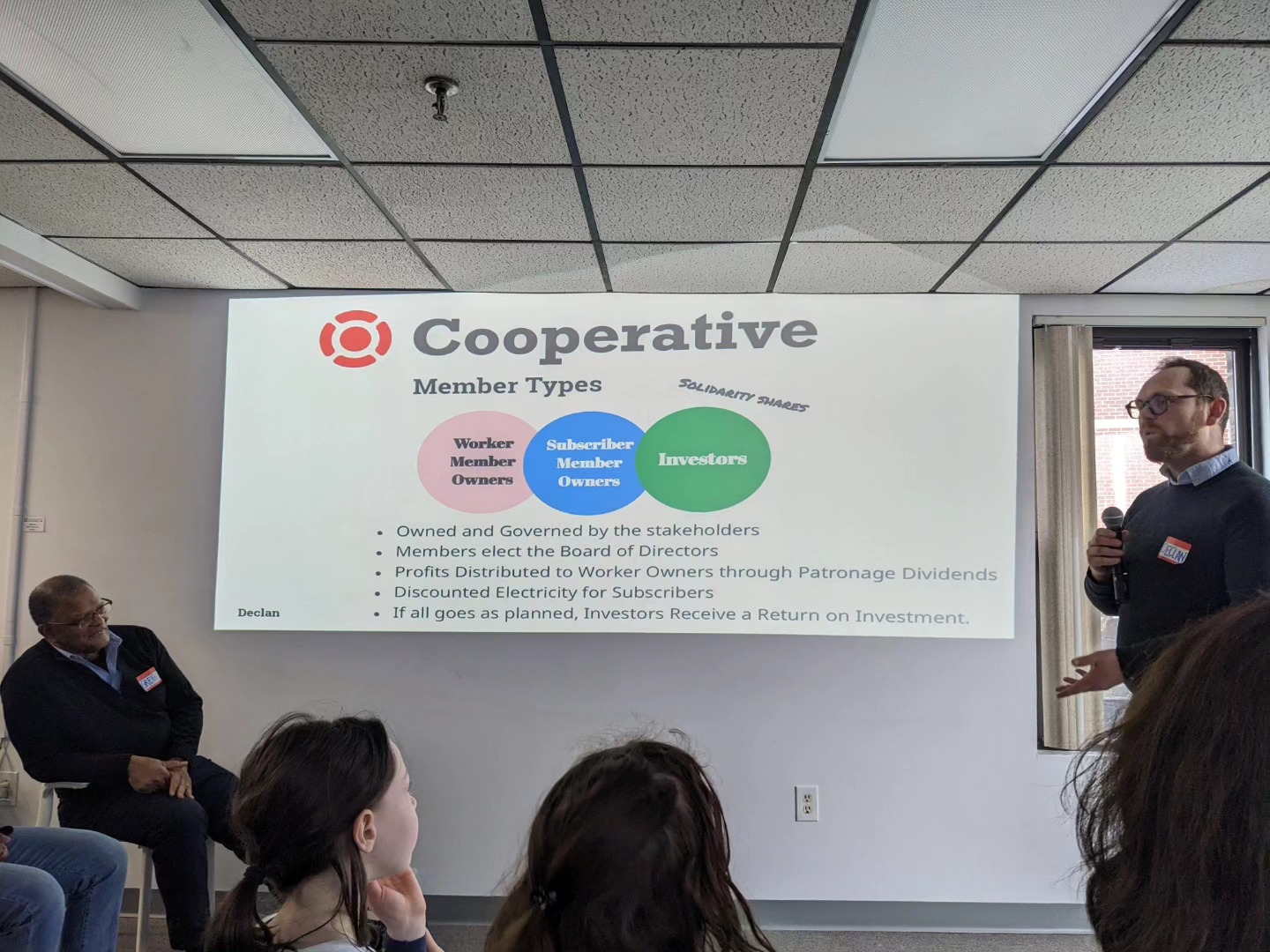 Client education must be a huge portion of what goes into getting a project off the ground. I'd be curious to hear about how you view that process and how that process has evolved, with the variety of work you do.
Client education must be a huge portion of what goes into getting a project off the ground. I'd be curious to hear about how you view that process and how that process has evolved, with the variety of work you do.
HHW: Yes- we have a wide range of clients that are coming from all different backgrounds and a lot of the time they've never built anything before. They're usually community-focused folks who are looking to start something interesting and new in their community. So, when it comes to the client education part, it's usually a pretty steep learning curve. Although there are some clients who have heard the buzzwords, like “carbon footprint” and “passive house” but that’s not always the case. In terms of actually implementing that educational element, we'll hold workshops or community listening sessions, which presents an opportunity to educate the public about why these topics are important.
Like Declan was saying, there's a little bit less of a need for that stuff as Boston is just requiring it now, but it's still good to have the chance to explain to the client why they need to spend more money on insulation or do triple pane windows, because a lot of people don't experience that in their homes in this City being one of the oldest in the country.
We also push the envelope a little bit further by not using any petroleum-based products: that means using as little spray foam or rigid insulation is possible. We've been specifying Timber Batt and Timber Board insulation products instead. We've also been trying to convince the Boston Fire Department to get behind a straw panel building! We have connections with the folks at New Frameworks and Croft and that would be really exciting for us, but there's obviously kind of a knowledge gap and no one wants to be the guinea pig.
DK: It feels a little bit like the early passive house days when it wasn't building code yet, and you had to convince the inspectors, and then convince the clients. You have to educate all through the process to get there.
Maybe it was being tried in more rural areas on single-family homes, and because we do almost all our work in urban settings, almost everything we do is multifamily. And so it's been a little bit of our practice figuring out, “How do we upscale some of the things that are being tested elsewhere?” Straw panels are an example of that. We're not really seeing a multi-family version, so far…but there's nothing that says you can't, technically or structurally. So that's kind of the leading edge of what we're pushing.
Since we're doing a lot of affordable housing, we have really constrained budgets. There just isn't more money to come in, and so it's different than in, say, a single-family home where the client could splurge a little bit more for innovative work or products. There just isn't more money there. I actually really appreciate that as a constraint. It's like, ”If we're gonna do this, we need to be able to do it within this system.”
HHW: Right. To make it a replicable model.
Is there a project you have done recently that you're particularly proud of?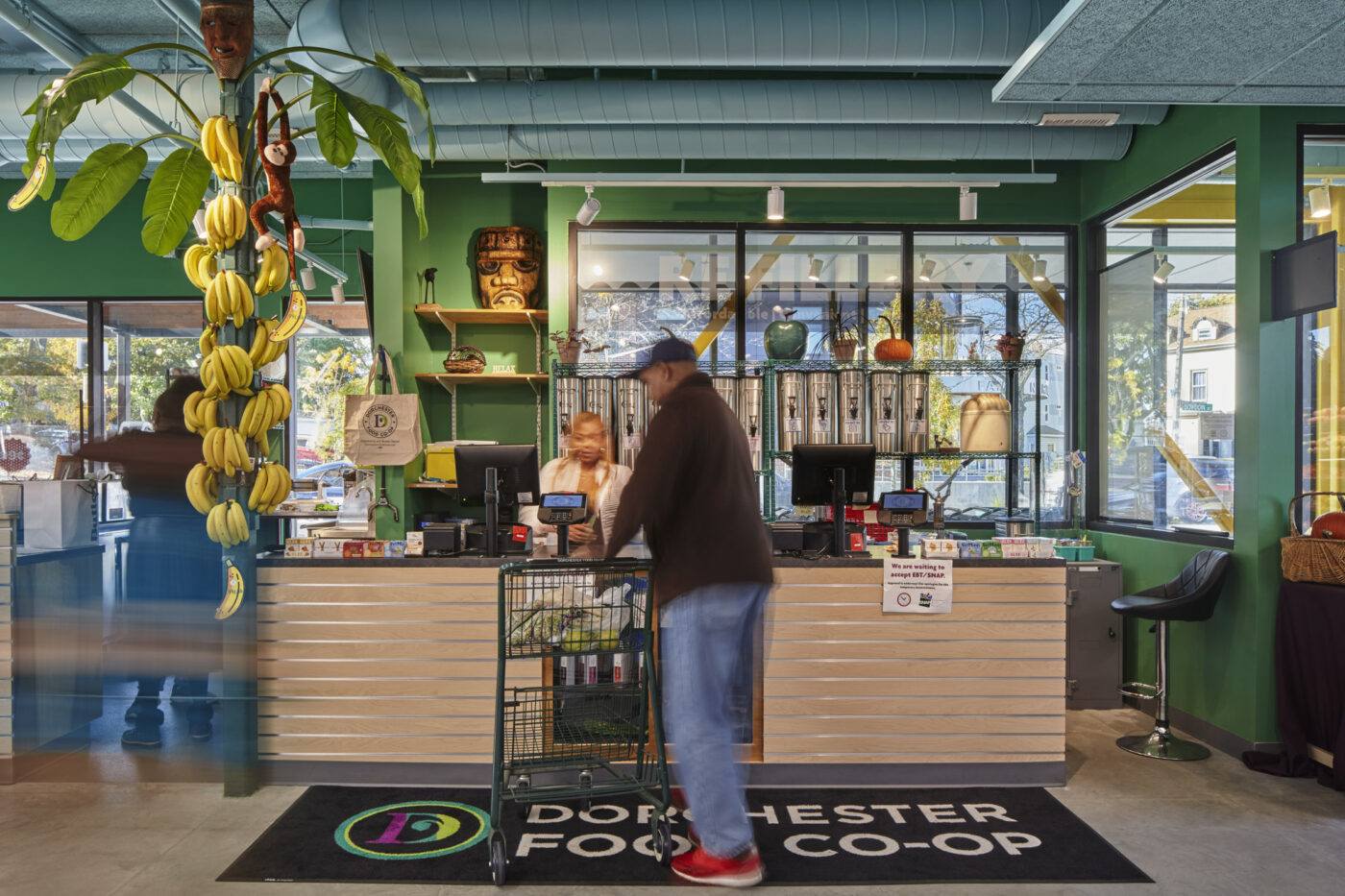
HHW: I would say the Dorchester Food Co-op was a pretty incredible experience. We were just wrapping up construction drawings when I joined CoEverything. Before I joined, there had been probably two years where Miriam and Declan had done fundraising support for their capital campaign and community outreach for the project. When I joined the company, I saw the construction process through. It was an interior fit-out on the ground floor of a commercial space of a newly constructed four-story building with affordable housing on the upper floors. We organized a community painting party to do all the stenciling and signage for the grocery departments within the store and had a vibrant groundbreaking event with probably over 200 people. It was a truly inspiring community-centered project for a neighborhood that had previously been considered a food desert.
Where are things heading in the future? Are you happy with the size of the business now or are you looking to expand?
DK: We sort of have a preference for slow growth. Growth is not the main focus or intention of our company. Right now, to us, expanding might mean more intentional collaboration, to be able to offer other things that our clients regularly need that we don’t cover. We already do so many different categories of work, so we have to ask ourselves, “How can we offer a full enough set of services so that we can take projects from an initial idea to a completed community asset? What are the other pieces that are missing that we can't quite help yet with?”
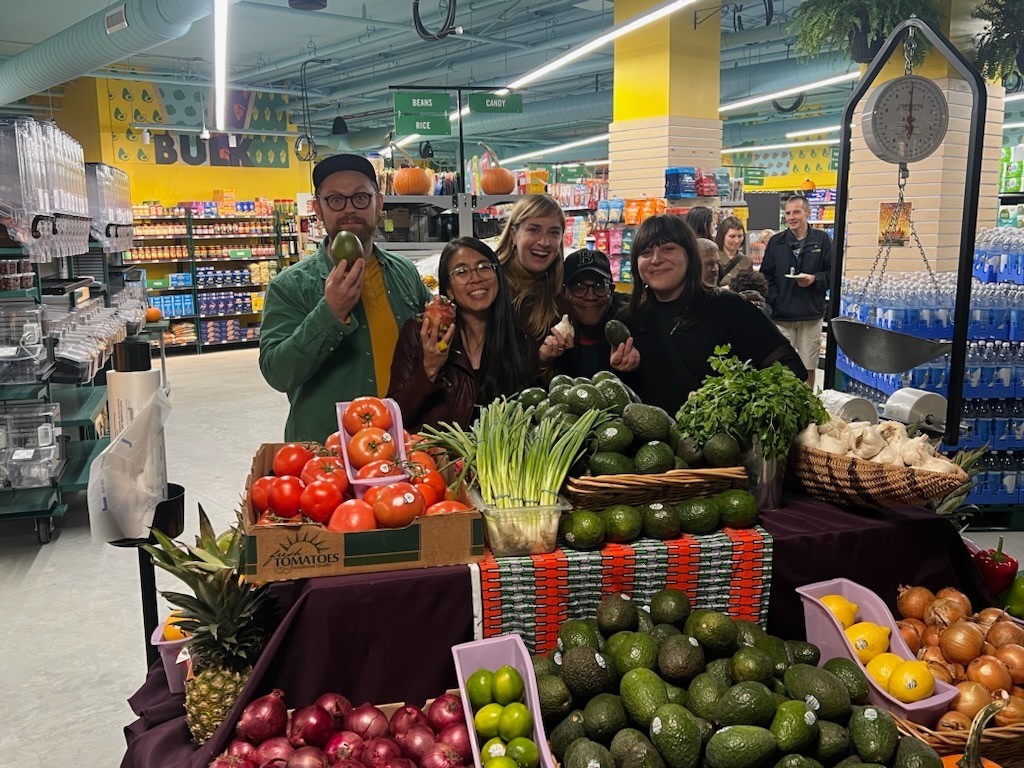 Growth is more about the fullest set of support that we can have for the community, which might mean hiring people or it might mean finding great collaborators who are committed to bringing work for each other. That’s not the most common way of growing, but it feels very much within the ethos of CoEverything — to collaboratively see if there are ways in which we would want to grow.
Growth is more about the fullest set of support that we can have for the community, which might mean hiring people or it might mean finding great collaborators who are committed to bringing work for each other. That’s not the most common way of growing, but it feels very much within the ethos of CoEverything — to collaboratively see if there are ways in which we would want to grow.
We've been at it for a bunch of years, but community projects go so slowly. It will be a big difference for us once most of the work we've been working on for the last five years starts to come through construction and into completion. It feels like we’ve hit a bit of a threshold with our company where we're starting to shift from that vision through architecture, through permitting, into having fundraised millions of dollars to build these things, having campaigns, and getting built work.
In the coming months, we’re about to have several projects break ground, along with a few others being completed. So I don't know that necessarily means growth, but the next step is sort of like, “What does it look like to complete and execute a really wide variety of things — from a radical bookstore that's opening, to an affordable housing project that was won through a city RFP, to new projects that are on community land trusts, to helping another community land trust get started, to helping an artist collective buy a space and find a new headquarters?” The breadth of the work, I think, is defining what growth can look like for us within CoEverything.
HHW: There’s also a fourth person at CoEverything, someone we just hired full-time named Ellie. They're more focused on internal processes, we call them the CoOperator <laugh>. That felt like kind of a big step to hire someone who is mostly overhead, to help us flesh out more streamlined internal systems and processes.
Also to note that when we hire someone, we’re hiring someone to be a potential worker-owner. So we try to be very intentional about everyone we hire because we are really investing and trusting in that person. It's a long-term vision and we want everyone to feel like they have a seat at the table and that they're part of the decision-making. So hiring someone is not something we take lightly.
Pivoting to the BuildingEnergy Access program, could you tell me a little bit about your experience so far?
DK: Miriam is part of organizing the Diversity Caucus at the BuildingEnergy Boston conference every year. It was through that connection that we learned about the program.
HHW: The cohort is focused on women-owned businesses, and since I just became a co-owner at the beginning of last year, we became a majority women-owned business. We just thought it was a great opportunity to take advantage of all these amazing resources that the program's been offering. I’ve learned a lot at the workshops that we've been to, and also at the larger Bottom Lines gathering at Mount Washington. That was pretty amazing.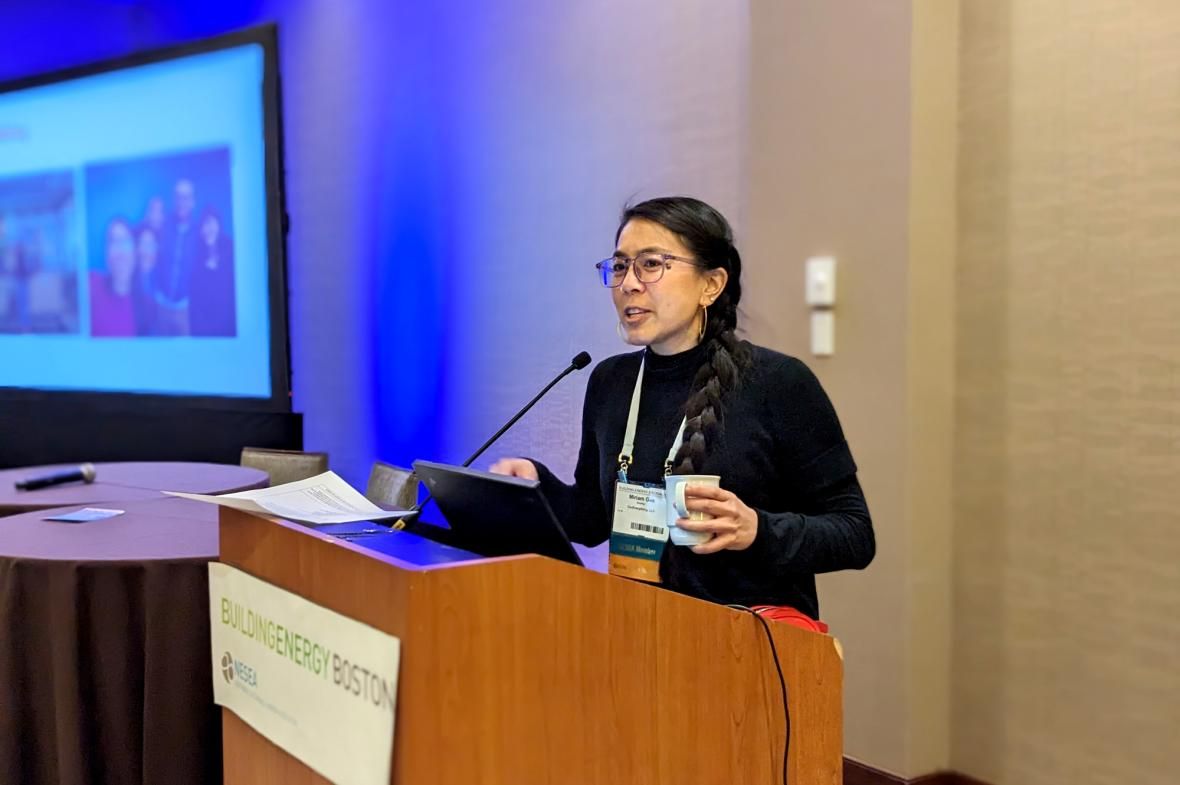
I think the thing that's been most valuable for me has been the opportunity to bounce ideas off of each other, within our cohort, in this kind of “no judgment zone” space. There's a level of comfort where we can talk about internal matters, like “How do you do performance reviews?” or “How do you deal with the intake of a project?”
We're all fairly new businesses of varying sizes, and the resource sharing between us feels really great. It feels like a supportive system to figure out all the things that we're all just trying to figure out, together. <laugh> Hopefully, that means doing things in a better, more people-centered way.
Terrific. Thank you both for sitting down with us today, it was a pleasure.
DK: Thank you.
Our Mission
NESEA advances sustainability practices in the built environment by cultivating a cross-disciplinary community where practitioners are encouraged to share, collaborate and learn.

